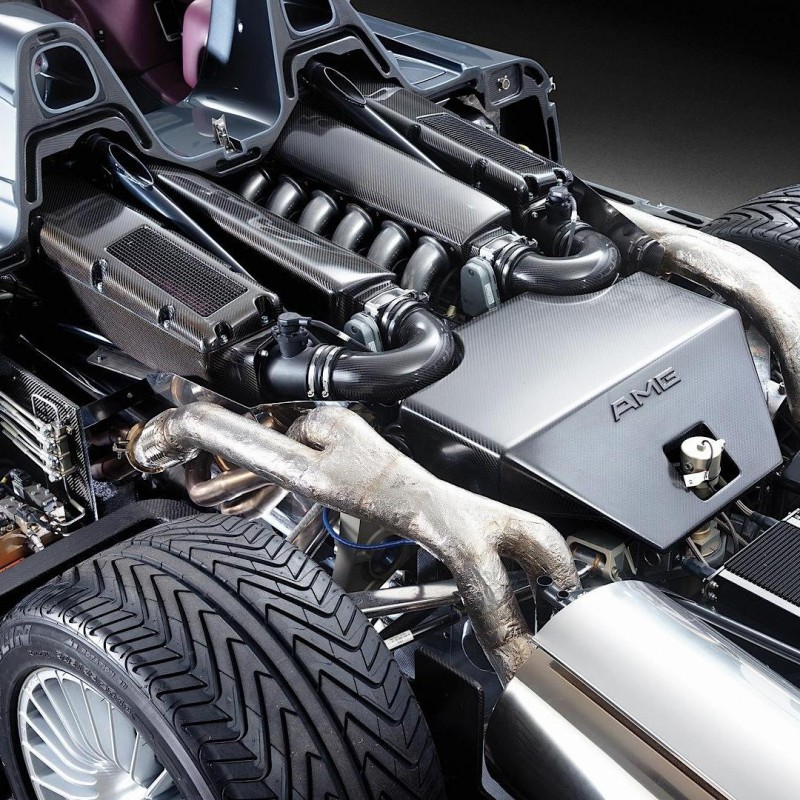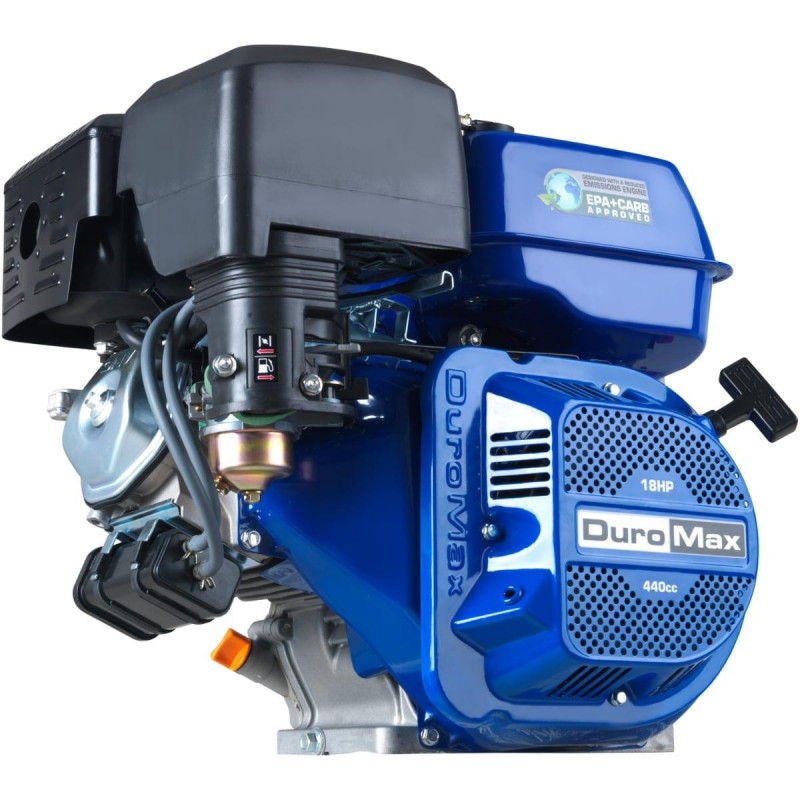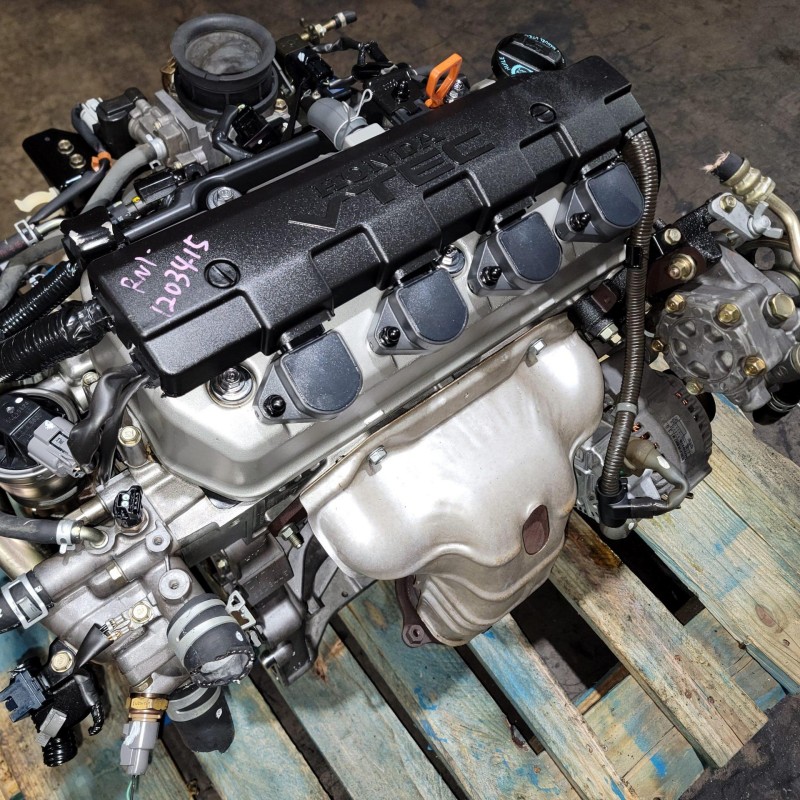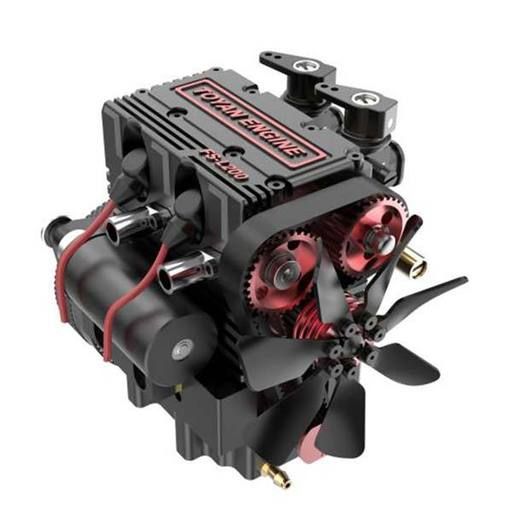Washing a car engine at the carwash may seem intimidating, but it can be a straightforward process with the right knowledge and tools. A clean engine not only enhances the overall appearance of your vehicle but can also contribute to improved performance and longevity. Dust, grease, and grime can build up over time, impacting the efficiency of engine performance and even hiding potential issues that could later become problematic. While many drivers focus on the exterior and interior cleanliness of their vehicles, the engine is often neglected, despite its importance. This comprehensive guide will walk you through the steps on how to wash a car engine at the carwash, including essential precautions, recommended products, and tips for achieving the best results. Whether you’re preparing for a show, tackling routine maintenance, or simply want to freshen up your car, understanding the process will help you confidently tackle engine cleaning.
Understanding the Importance of Engine Cleaning
Before diving into the specifics of how to wash a car engine at the carwash, it’s essential to grasp why engine cleaning is important.
Improved Performance
An unclean engine can lead to overheating and inefficiency. Dust and debris can obstruct vital engine components, affecting airflow and cooling. Regular cleaning allows for better performance and can help identify potential issues that might otherwise go unnoticed.
Enhanced Longevity
Keeping your engine clean contributes to its overall longevity. Grease and grime accumulation can lead to corrosion and other forms of deterioration over time. By washing the engine regularly, you minimize the risk of long-term damage, improving the life expectancy of your vehicle.
Aesthetic Appeal
A clean engine bay increases the overall aesthetic appeal of your car. If you’re looking to sell or showcase your vehicle, an engine that sparkles can create a positive impression and boost your car’s value.
Preventing Damage
Cleaning your engine can help prevent damage to critical components. Dirt and grease can trap moisture, leading to rust and deterioration of vital parts. Cleaning allows you to spot potential problems and address them before they escalate.
Preparing for the Engine Wash
Before heading to the carwash, proper preparation is vital to ensure a successful and safe engine cleaning. Here are some steps to take beforehand:
Gather Necessary Supplies
Before washing your car engine at the carwash, gather the following supplies to ensure you have everything you need:
- Protective Gear: Gloves, goggles, and a face mask to protect yourself from chemicals or debris.
- Degreaser: A good-quality engine degreaser to break down grime and grease easily.
- Plastic Bags: To cover sensitive components such as the battery, air intake, and electrical connections.
- Detailing Brushes: A soft detailing brush to help scrub stubborn dirt without damaging components.
- Water Source: Ensure that the carwash has a high-pressure water hose or use a self-service bay equipped with one.
Inspect Your Engine
Perform a visual inspection of your engine before washing. Look for loose or damaged hoses, frayed wires, or any signs of leaks. If you notice any abnormalities, it is best to consult a professional mechanic before cleaning to avoid causing more extensive damage.
Read the Manual
Different engines have different components and configurations. Familiarize yourself with the layout of your engine bay and reference the owner’s manual for any specific recommendations regarding washing your engine. Some may advise against certain cleaning products or methods.
Safety Precautions
Prepare for safety by ensuring the engine is off and cool to the touch. Never attempt to wash an engine that has just been running, as hot components can pose a significant risk of burns.
Step-by-Step Process of Washing an Engine at the Carwash
Now that you’ve prepared for the wash, let’s go through the detailed process of how to wash a car engine at the carwash.
Cover Sensitive Components
Before you start washing, it’s essential to protect sensitive areas of your engine. Here’s how to do it:
- Battery: Cover the battery terminals with plastic bags or plastic wrap to prevent water from entering.
- Electrical Connections: Seal any exposed electrical connectors or computers with bags to avoid moisture damage.
- Air Intake: Cover the air intake to stop water from entering the engine, which could lead to significant complications.
Apply Degreaser
With the protective coverings in place, the next step is applying the degreaser:
- Choose a High-Quality Degreaser: Look for an engine degreaser that is safe for automotive use.
- Spray Evenly: Apply the degreaser evenly across the engine bay, focusing on areas with heavy grease buildup.
- Let it Sit: Allow the degreaser to sit for roughly 5-10 minutes. This gives it time to break down grease and grime.
Scrubbing
Once the degreaser has had time to work its magic, it’s time to scrub away the dirt:
- Use Detailing Brushes: Employ soft-bristle brushes to scrub stubborn areas. These brushes will help lift grime and grease without scratching surfaces.
- Pay Attention to Crevices: Focus on areas that collect dirt, such as around the oil filter, where the engine meets the transmission, and in any tight crevices.
Rinsing
With the scrubbing complete, it’s time to rinse off the degreaser:
- Use a High-Pressure Hose: At the carwash, utilize a high-pressure sprayer to rinse the engine bay thoroughly. Make sure to remove all traces of the degreaser.
- Avoid Direct Water Pressure: Be cautious about directing water directly at sensitive electronic components. Instead, rinse gently around these areas.
Drying the Engine Bay
With rinsing complete, the engine will need proper drying to remove moisture and prevent corrosion:
- Use Microfiber Towels: Gently wipe down accessible parts with microfiber towels. This helps absorb excess water in areas prone to rust.
- Leave the Hood Open: If possible, leave the hood up for a while to allow any remaining moisture to evaporate fully.
Additional Tips for Maintaining a Clean Engine
Once your engine is sparkling clean, follow these tips to maintain it and prolong the time between washes:
Schedule Regular Cleanings
Consider setting a schedule for regular engine cleanings. Depending on your driving habits and environmental factors, washing the engine every six months can help keep it clean and optimally functioning.
Address Leaks Promptly
If you notice any fluid leaks or stains after washing, address these issues immediately. Leaks can lead to more significant problems if left unaddressed, and keeping your engine clean helps you spot these issues more readily.
Use Engine Protectants
Consider applying a protectant or dressing to the rubber hoses and plastic components. Engine protectants can help maintain the rubber from drying out and protect them against dirt accumulation.
Monitor for Grime Build-Up
Keep an eye on your engine bay for any signs of dirt or grime build-up between washes. If you see a significant amount of debris forming, it may be time for another cleaning.
Troubleshooting Common Issues
Should you encounter difficulties while washing your car engine at the carwash, here are solutions to some common problems:
Stubborn Grease Stains
If you’re dealing with persistent grease stains that resist your efforts:
- Let the Degreaser Sit Longer: Allow a longer dwell time before rinsing. This gives the degreaser more time to penetrate.
- Scrub with More Force: Using a more robust brush or even a soft scrub pad can help lift tough stains.
Water Damage Fears
Concerns about water damage to electrical components often arise while washing:
- Cover Thoroughly: Ensure all sensitive areas are securely covered before rinsing.
- Use a Low-Pressure Setting: In sensitive areas, use a lower pressure setting on the hose to minimize potential damage.
Lack of Access to Some Areas
If certain sections of the engine are difficult to access, consider:
- Flexible Brushes: Utilize flexible cleaning tools designed specifically for hard-to-reach areas.
- Compressed Air: Using compressed air can help clear away debris that might be trapped in tight spaces.

Conclusion
Knowing how to wash a car engine at the carwash is a valuable skill that contributes to vehicle maintenance and enhances performance. A clean engine not only looks great but may also help identify potential problems more easily. By following the preparatory steps, using the right products, and adhering to the outlined processes, you can achieve excellent results each time you clean your engine.
Taking care of your engine will lead to a longer-lasting vehicle and will undoubtedly enhance your riding experience. Whether you are mechanically inclined or simply want to keep your car looking its best, mastering engine cleaning techniques will elevate your understanding of your vehicle’s care. So, embrace the challenge of engine cleaning, and enjoy the satisfaction of knowing your car is in tip-top shape!\


